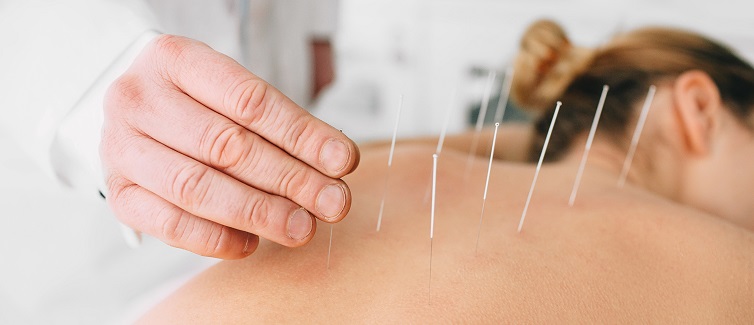Acupuncture is a time-honoured way of treating pain in traditional Chinese medicine (TCM). Acupuncture needles are often put into the body to elicit therapeutic benefits. However, there are still certain obstacles to consensus building. What is the essence of acupuncture meridians or their anatomy? What is the mechanism of action of acupuncture?
Acupuncture, an eastern medicine treatment practice, has grown in popularity over the last 40 years, growing into one of the most often used alternatives, integrative medicine treatments in the United States. Indeed, you may wonder how acupuncture can help relieve pain, but there is a philosophy behind it. Let’s understand it better.
Table of Contents
The philosophy behind acupuncture
Acupuncture’s Chinese philosophy is a little more convoluted since the ancient technique was not historically founded on science or medicine. They thought that the human body was filled with and energized by unseen life-giving energy they referred to as ‘qi’ (pronounced ‘chee’) and that when the qi flowed freely and went to all the proper places, a person would have excellent mental and physical health. When the qi was flowing improperly (blocked or insufficient), disease followed.
Disruptions in these energy channels, according to TCM, are the root of sickness. When your Qi is obstructed, your blood flow becomes stagnant, which may lead to sickness and suffering. Acupuncture in Chinese medicine aims to restore harmony to the Qi flow via the body’s organs, glands, and tissues.
The current state of the study shows that acupuncture stimulates the nervous-endocrine circuit. According to recent research, Acupuncture engages the neurological (nerve) and endocrine (gland) systems. Acupuncture may provide the following benefits:
- Accelerated healing of muscle, bone, and joint issues
- Increased athletic performance
- Decreased pain and inflammation
Additionally, research indicates that acupuncture may aid in the management of the adverse effects — pain, impaired immune function, nausea, and so on – associated with typical cancer therapies. Discover how acupuncture may be used as an integrated cancer treatment.
How does acupuncture work?
You may be fascinated by acupuncture for several reasons — for example, you can seek therapy for severe headaches and sinus congestion — since acupuncture has been shown to assist with many ailments and symptoms. The following are only a few of the many assertions:
- allergies
- anxiety and depression
- osteoarthritis
- chronic pain, which often occurs in the neck, back, knees, and head
- hypertension
- insomnia
- menstrual cramps and premenstrual syndrome
- migraines
- morning sickness
- sprains
- strokes
Acupuncture has also been shown in certain trials to aid in treating cancer and multiple sclerosis. However, research on these disorders is limited and needs bigger studies to establish the benefits.
Incorporating Acupuncture in modern life
For the time being, if you have a disease for which acupuncture has scientific support, this is what to anticipate during a session: Acupuncture sessions often take between 60 and 90 minutes, with most of this time spent discussing your worries and issues with your therapist without needles. Acupuncture’s treatment phase typically lasts roughly 30 minutes; however, you do not always need to have a needle into your skin for that long!
In terms of outcomes, it’s practically difficult to predict since everyone reacts and experiences acupuncture uniquely.
Ensure that you consult a professional acupuncturist. A licensed acupuncturist must pass the National Certification Commission for Acupuncture and Oriental Medicine (NCCAOM) examination or finish the NCCAOM foundations of Oriental medicine, acupuncture, and biomedicine program. However, certain certification criteria vary significantly per state: for example, Calgary may require its licensing test to help you find Certified Acupuncturists in Calgary. Additionally, you may do a web search for qualified acupuncturists in your region.
Conclusion
When it comes to complementary and alternative medicine (CAM), acupuncture is a relatively new entrant. However, it has a long history of use in traditional Chinese medicine. Evidence suggests that needling and tattooing date back to ancient China, possibly even before acupuncture was invented there. Many scientific studies on acupuncture’s effectiveness and mechanisms have been done because of the current increase in interest in its usage in pain conditions.
Clinical trials have failed to show any obvious and consistent effect from acupuncture in treating various illnesses, even though biological research implies that it alters pain pathways. Therefore, medical practitioners trained in western medicine must have a firm grasp on acupuncture, its use, and what the research shows about its efficacy. Patients continue to seek certified physiotherapy & massage therapy clinic in Calgary for acupuncture treatment to address chronic conditions for which current medical practice has failed to provide adequate relief.

